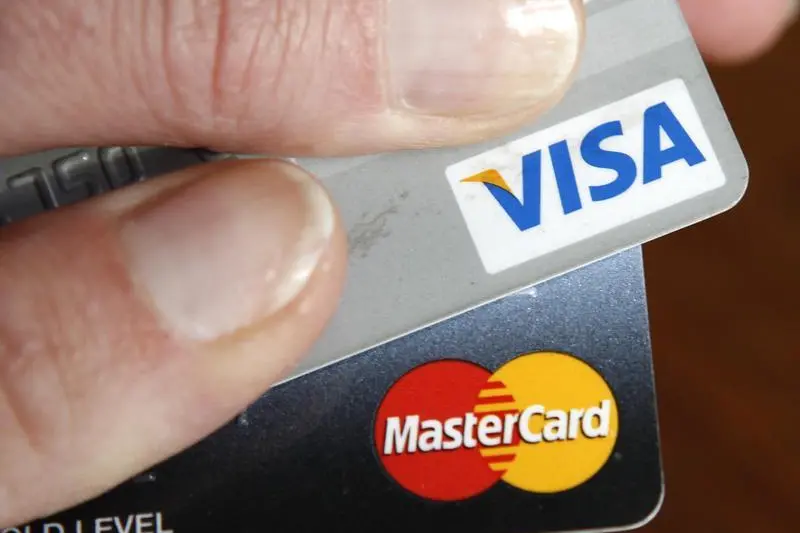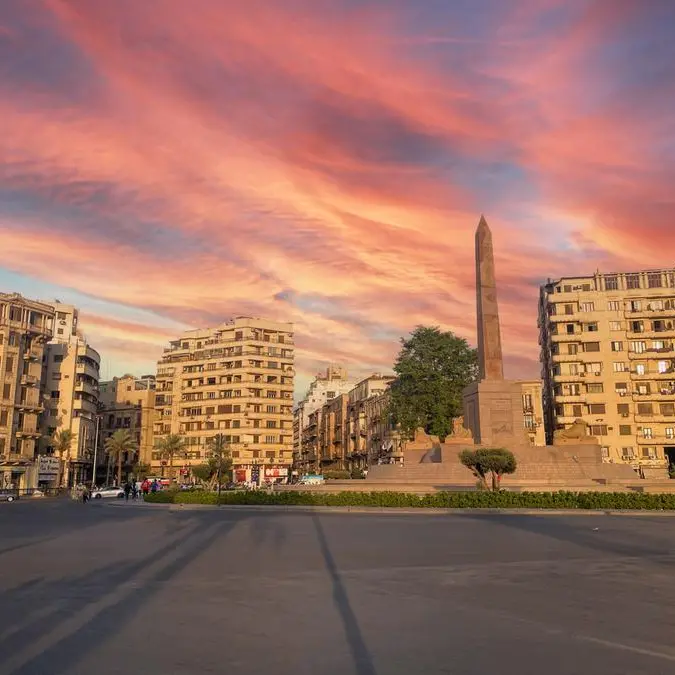PHOTO
NEW YORK: JPMorgan’s credit card customers spent 40% less after Covid-19 hit, according to a study by its internal think tank. That sounds dire for a lender that has one-sixth of its loans out on plastic. In reality, though, it’s not that simple. America’s almost-$1 trillion credit card habit, like the pandemic itself, is a story of haves versus have-nots.
In normal times, serving the rich versus the poor is a trade-off. Simplistically, wealthier customers get lower interest rates – Citigroup’s own-brand cards yield 11% in interest, where its less-elite white-label cards command 18% – and they pay off their balances more regularly. Much of what the wealthy generate in transaction fees also goes back to them as rewards and cashback, which away three-quarters of JPMorgan’s so-called interchange fee income in 2019, and almost all of Citi’s.
But where they fall short on rate, they make up for it in other places. Richer customers have on average more credit card debt in absolute terms, skip payments less often, and also spend more liberally on non-essential things like travel and eating out. That’s problematic for affluence-chasing issuers like Citi, JPMorgan and Bank of America because those activities are now on indefinite hiatus. The JPMorgan Institute study showed card spending fell fastest for the wealthiest customers.
That doesn’t make the rich less covetable. As their spending falls, so will the freebies card issuers lavish on them, reducing the impact on revenue. Meanwhile poorer borrowers may only get less appealing. JPMorgan found that lower-income cardholders rely more on plastic to buy essential items, and the Federal Reserve has shown that their debts are bigger relative to their incomes – suggesting they are more likely to overextend in a crisis. Late fees that help compensate for higher delinquencies are becoming harder to extract, as banks offer to waive penalties for those affected by Covid-19.
Banks are coy when it comes to disclosing the nitty-gritty of credit cards – for example, how much they make in penalty fees in normal times. That’s understandable, since nobody wants to be seen profiteering from a deep recession. But if the lesson issuers take from the crisis is that the rich bounce back while the poor become less profitable, the have-nots will end up with even less.
CONTEXT NEWS
- The average household cut credit card spending by a 40% year-on-year by the end of March as the Covid-19 pandemic hit, according to the JPMorgan Institute, which conducted a study of 8 million families who actively use cards issued by its parent group JPMorgan.
- The study showed a slightly bigger percentage drop in spending for higher-income households. It attributed this in part to a higher weighting of non-essential items, which made up 70% of the wealthiest quartile’s overall spending in April 2019, compared with 61% for the least wealthy.
- Other credit card issuers including Bank of America, Citigroup and Capital One warned at their first-quarter earnings of a steep fall in spending by credit card customers, as they increased their reserves to cover future bad loans.
(Editing by Lauren Silva Laughlin and Amanda Gomez)
© Reuters News 2020












